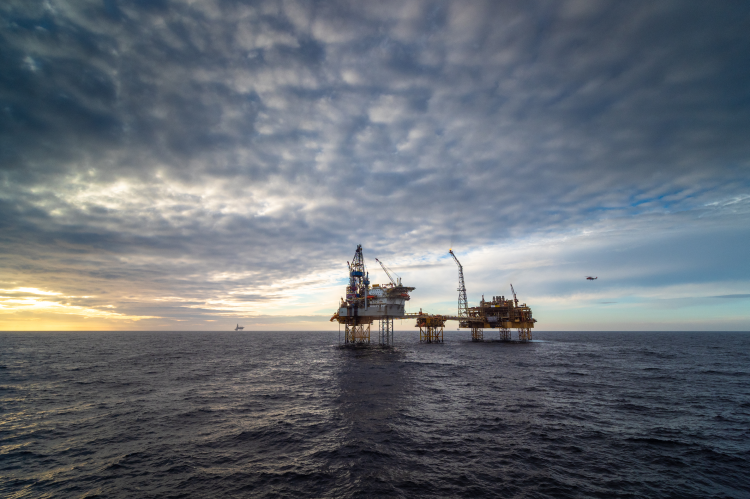Gassco Submits Decommissioning Plan for Knarr Gas Pipeline Section in UK’s North Sea

Norwegian gas pipeline operator Gassco has submitted a decommissioning program to the UK government for a section of the Knarr Gas Pipeline (KGP) located in UK waters in the North Sea.
Gasco submitted the decommissioning program on behalf of the field's developer, Norske Shell, and its partners.
The 11.6-kilometer section extends from the UK-Norway median line to the Knarr Tee structure, with the decommissioning scheduled to take place in two phases.
Phase 1, completed in May 2022, involved isolating and cleaning the pipeline following the cessation of production at the Knarr Field.
Phase 2, covered by the new program, focuses on removing a small section of spool #7 near the pipeline endpoint. This work is expected to occur in late 2024 and involves cutting, retrieving, and transporting the spool to Norway for disposal.
The remaining pipeline sections and the Knarr Tee structure will be left in place, cleaned, and buried under rock for environmental protection.
Removal of these structures will be addressed in a future decommissioning program due to their proximity to an active gas pipeline.
Norway's Ministry of Petroleum and Energy has previously approved a separate decommissioning plan for the KGP sections within its jurisdiction.
However, for this project, the UK and Norwegian authorities have collaborated to ensure alignment in the overall decommissioning strategy.
Located in the northern Norwegian North Sea, the Knarr field produced oil and gas via a floating production, storage, and offloading vessel (FPSO) that will be redeployed for another development.
The field's rich gas was exported to the UK via the KGP system, which connects to a larger gas pipeline network.
